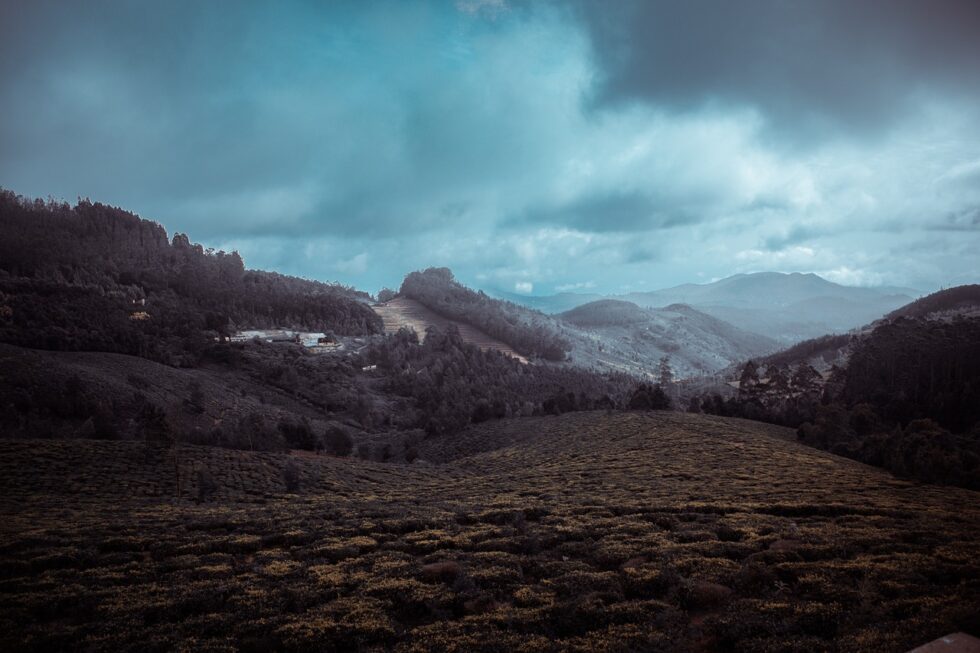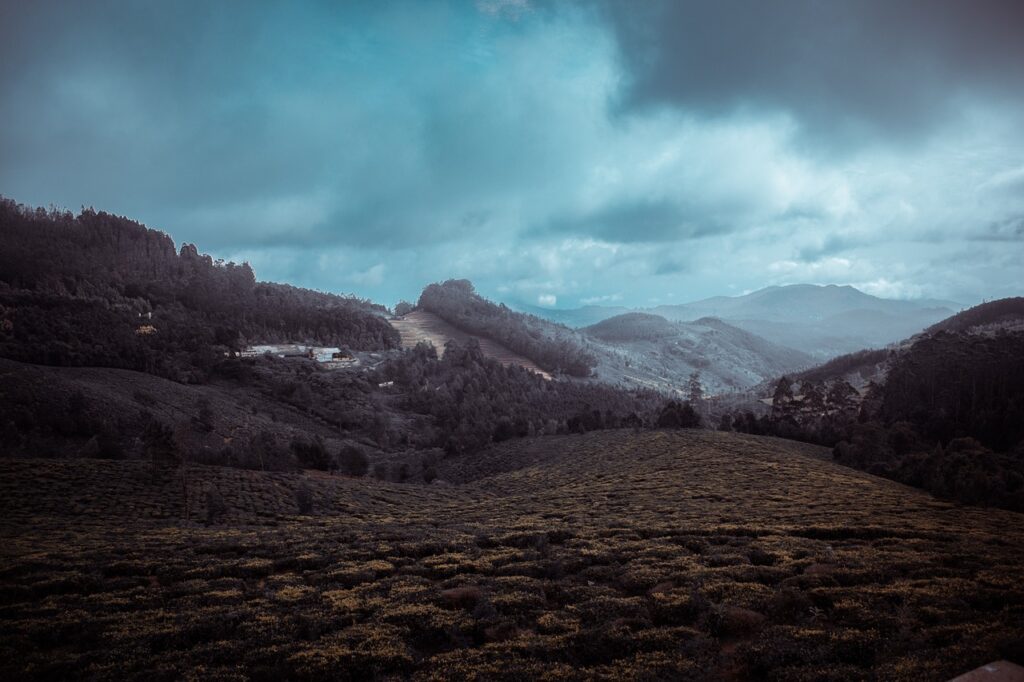
Central India is a realm where the whisper of ancient empires still echoes through crumbling forts, majestic palaces, and remote temples hidden in the forested heart of the subcontinent. This region, often overshadowed by the famed attractions of North and South India, is a treasure trove for discerning travelers seeking deeper narratives, offbeat adventures, and a tangible sense of history. From the storied plains of Madhya Pradesh to the tribal enclaves and forest reserves of Chhattisgarh, central India tours offer a journey not just through geography, but through time.
What makes Central India particularly compelling is its layered historical landscape. This was the cradle of several powerful dynasties, including the Mauryas, Guptas, Kalachuris, and the Marathas. The cultural fabric is equally diverse, shaped by centuries of Hindu, Jain, Buddhist, and Islamic influence. One can walk through the ruins of once-mighty kingdoms, where empires rose and fell, their legacies etched in stone and myth. Whether exploring the carved magnificence of Khajuraho’s temples or the eerie silence of Mandu’s Afghan-style architecture, central India tours unfurl stories that many popular destinations can no longer tell with such clarity.
Khajuraho, a UNESCO World Heritage Site, remains one of the defining highlights of this region. Known for its exquisitely detailed sculptures, the temples reflect the zenith of Chandela dynasty art and architecture. Far from being mere monuments to sensuality, the carvings are symbolic expressions of human and divine connection, each figure embedded within philosophical and cultural context. For those delving into central India tours, Khajuraho offers not just visual splendor, but a deeper immersion into India’s spiritual and artistic legacy.
Another vital chapter in Central India’s imperial tale is written in the stone citadel of Gwalior. Towering above the city, Gwalior Fort is both imposing and intricate—a paradox that defines much of India’s ancient military architecture. The fort’s ramparts and temples date back over a millennium, with additions by Rajput, Mughal, and Maratha rulers. The echoes of warfare, royal alliances, and cultural patronage still linger here, providing a powerful backdrop for travelers with a taste for historical nuance. In the context of central India tours, Gwalior represents the military and artistic zeniths of successive empires.
Further south, the ancient city of Mandu offers a romantic counterpoint to Gwalior’s might. Perched on a plateau and surrounded by dense forest, Mandu’s Islamic monuments tell tales of love, poetry, and power. The architectural remnants of the Malwa Sultanate—palaces, tombs, and mosques—stand as a testament to a brief but brilliant chapter of medieval Indian history. The Jahaz Mahal, or “Ship Palace,” built between two artificial lakes, evokes both fantasy and elegance. It’s a must-see for travelers who appreciate both aesthetics and history during their central India tours.
However, Central India is not just about stone and silence—it is also alive with vibrant tribal cultures that predate even the oldest empires. Chhattisgarh, often overlooked on mainstream itineraries, is a fascinating destination for culturally immersive travel. The Bastar region, in particular, is home to the Gond and Maria tribes, whose festivals, rituals, and crafts offer a living link to a pre-imperial past. For those embarking on central India tours, exploring these communities can provide insight into a world that functions on principles very different from the urban mainstream.
Wildlife also plays a vital role in Central India’s identity. The dense jungles of Kanha, Bandhavgarh, and Pench are not just tiger reserves; they were once royal hunting grounds of emperors and maharajas. Today, they form the backbone of India’s tiger conservation efforts and offer a different kind of empire—the natural one. In many ways, these forests serve as both a counterpoint and a continuation of the region’s historical narrative. Their presence enriches central India tours by introducing the drama of the wild to the legacy of kings.
Modern infrastructure and hospitality in Central India are quickly catching up with its historical importance. Heritage hotels housed in refurbished palaces and forts provide a seamless bridge between past and present, while local guides—many trained through community tourism initiatives—offer rich, contextual storytelling that enhances each site visit. This evolving tourism landscape ensures that central India tours are not just informative but also immersive and comfortable.
Despite its central location on the map, the region remains relatively underexplored, which is both a challenge and an opportunity. For seasoned travelers or first-time visitors seeking depth over superficial sightseeing, Central India promises unmatched authenticity. The road less traveled here is paved with the footprints of conquerors and sages, lovers and rebels, all of whom left behind enduring markers of their presence.
The cuisine, too, adds to the historical ambiance. With influences from Mughal, Maratha, and tribal traditions, Central Indian food is robust, earthy, and flavorful. Dishes like poha, bhutte ki kees, and maas ka saalan are more than culinary delights—they are cultural expressions that provide insight into the daily lives and preferences of the region’s past and present inhabitants. Any well-planned central India tour would be incomplete without a taste of its unique gastronomy.

In conclusion, central India tours offer a distinctive blend of imperial grandeur, cultural depth, and natural wonder. They are not just trips across space, but voyages through centuries of complex and compelling history. The region’s quietude is deceptive—it teems with stories waiting to be unearthed, interpreted, and remembered. For travelers with curiosity and a taste for authenticity, Central India is not merely a destination; it is an experience where echoes of empires continue to ring.








